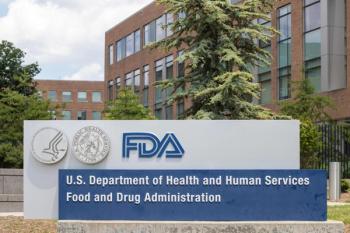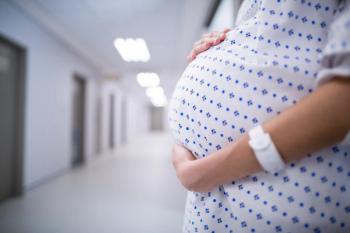
Car accidents lead to adverse pregnancy outcomes
Motor vehicle accidents have long been linked to serious trauma during pregnancy, but a recent study published in American Journal of Preventive Medicine tied crashes to adverse pregnancy outcomes.
Motor vehicle accidents have long been linked to serious trauma during pregnancy, but a recent study published in
Researchers at the University of North Carolina’ s Gillings School of Global Public Health did a retrospective cohort study of 878,546 pregnant women, aged 16 to 46 years, who delivered a singleton infant in North Carolina from 2001 to 2008. Pregnant women who had been in crashes were identified using probabilistic linkage of vital records and crash report.
More than 25,000 pregnant women (2.9%) had been drivers in one or more motor vehicle accidents. After 1 crash, pregnant drivers had a slightly elevated risk of preterm birth (adjusted rate ratio [aRR] = 1.23, 95% confidence interval [CI] = 1.19, 1.28); placental abruption (aRR = 1.34, 95% CI = 1.15, 1.56); and premature rupture of membranes (PROM) (aRR = 1.32, 95% CI = 1.21, 1.43). Women who experienced 2 or more crashes had even more elevated rates of preterm birth (aRR = 1.54, 95% CI = 1.24, 1.90); stillbirth (aRR = 4.82, 95% CI = 2.85, 8.14); placental abruption (aRR = 2.97, 95% CI = 1.60, 5.53); and PROM (aRR = 1.95, 95% CI = 1.27, 2.99). Rates of stillbirth were elevated in crashes involving pregnant women who did not wear a seatbeat (aRR = 2.77, 95% CI = 1.22, 6.28).
The study authors concluded that motor vehicle accidents while pregnant led to elevated rates of adverse pregnancy outcomes and that experiencing multiple incidents leads to higher rates of adverse outcomes. They also concluded that crashes where the driver didn’t buckle up were especially harmful.
To get weekly advice for today's Ob/Gyn,
Newsletter
Get the latest clinical updates, case studies, and expert commentary in obstetric and gynecologic care. Sign up now to stay informed.









